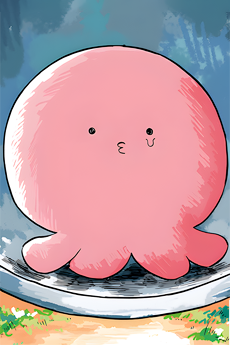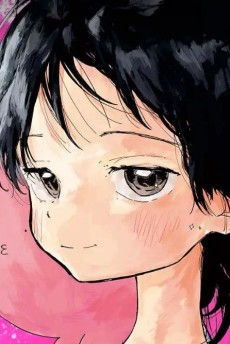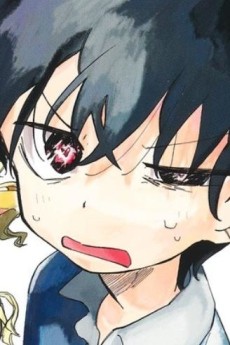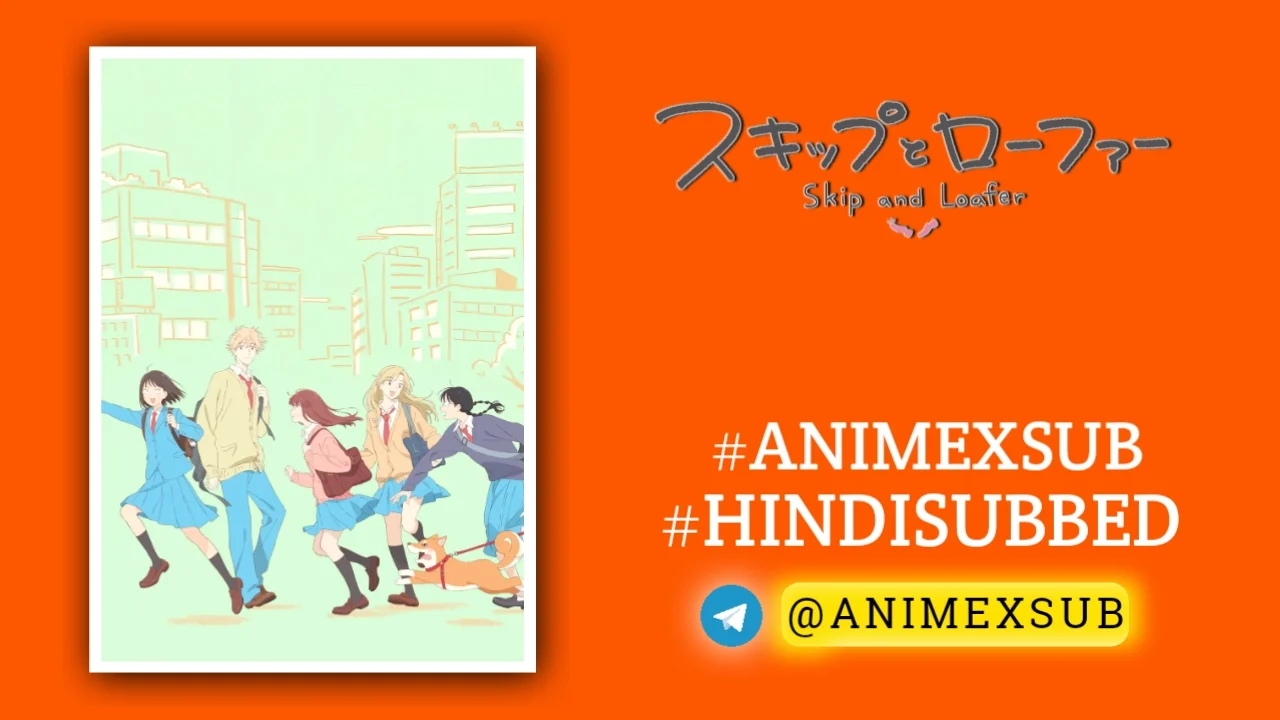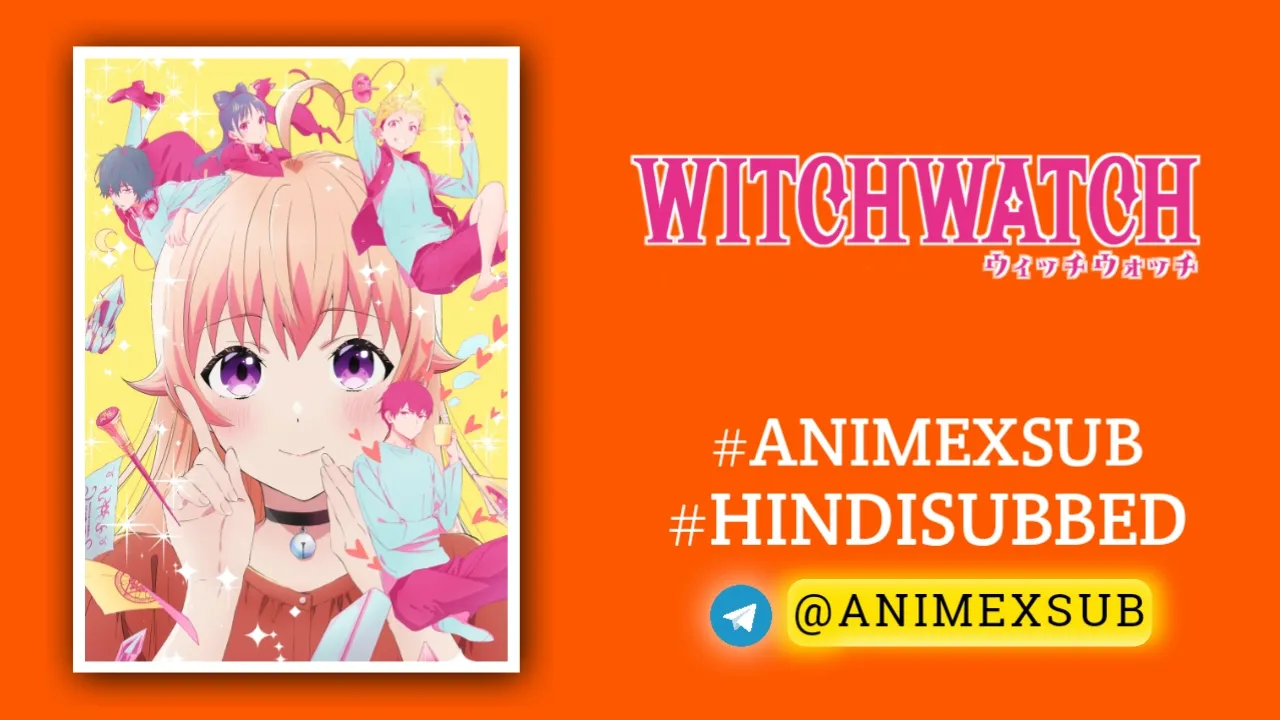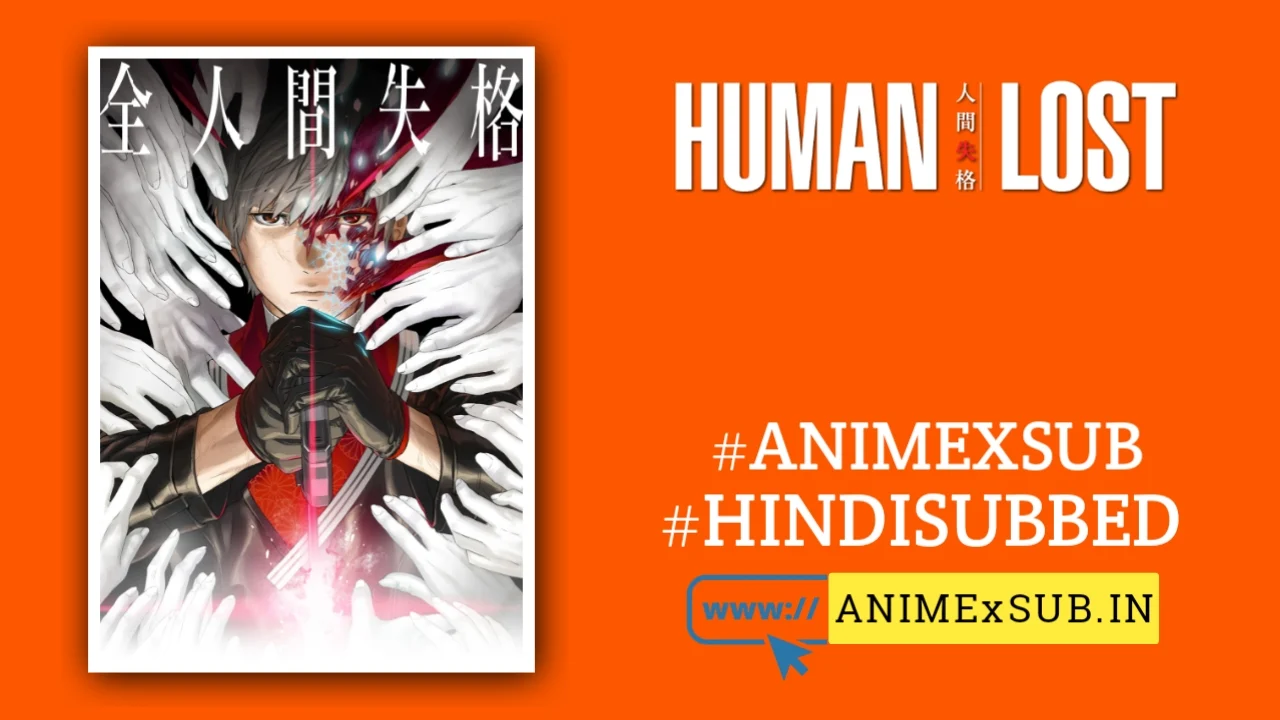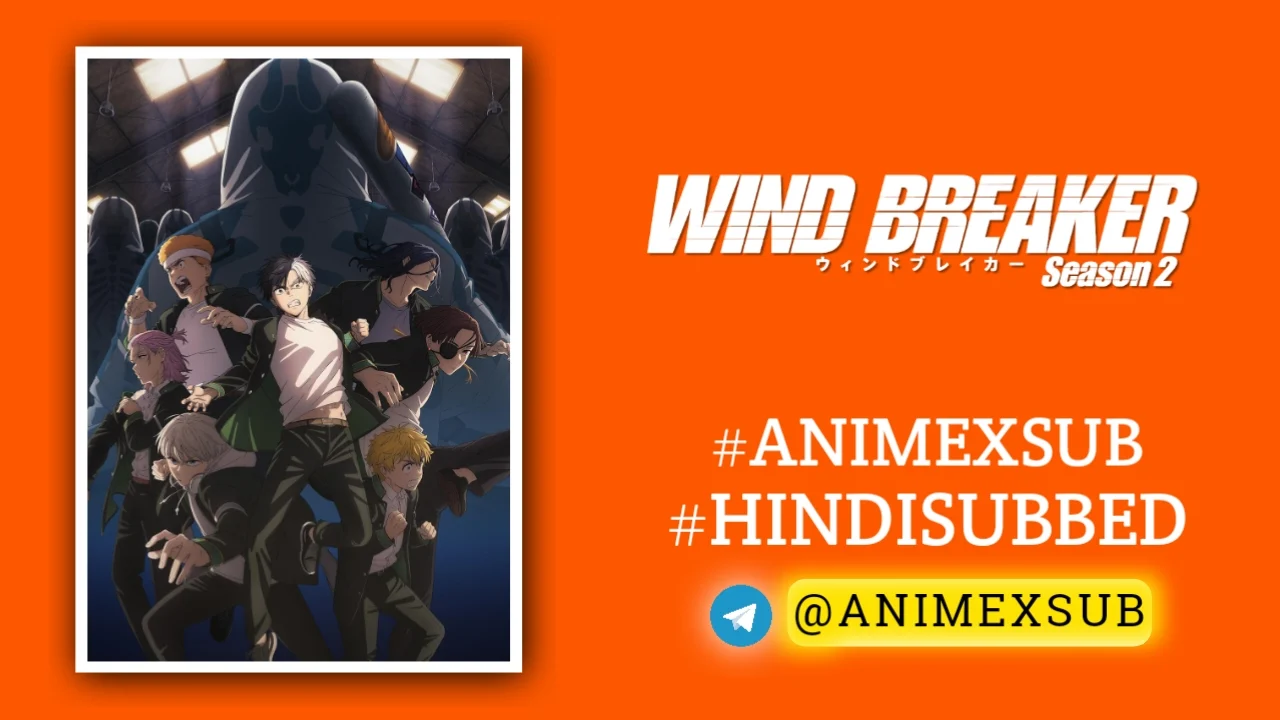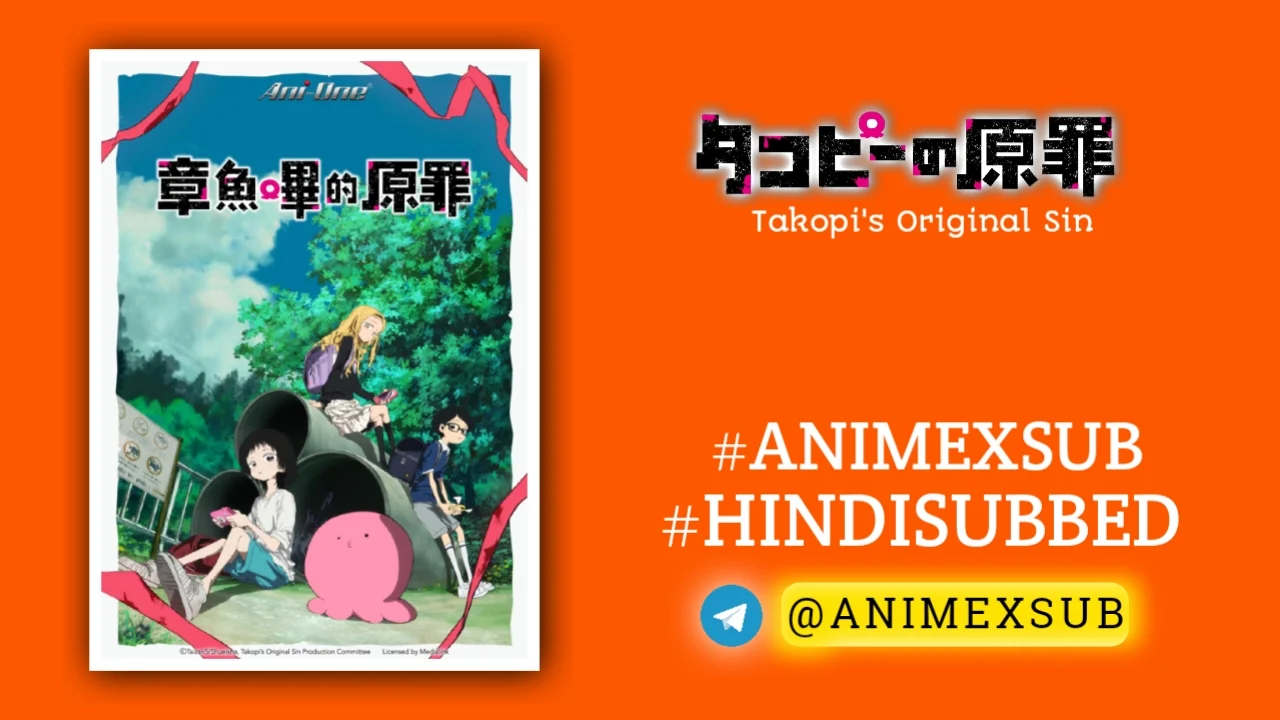
Takopi’s Original Sin Hindi Subbed [06/06] | Takopi no Genzai Hindi Sub!!

Takopii no Genzai
Takopi's Original SinSynopsis
A Happy alien, Takopi, lands on Earth with one mission: to spread happiness! When he meets Shizuka, a lonely fourth grader, he vows to bring back her smile using his magical Happy Gadgets. But as he uncovers the pain in her life, Takopi learns that true happiness may require more than gadgets. (Source: Crunchyroll)
Watch Trailer
Characters
Takopi’s Original Sin: A Haunting Meditation on Trauma, Innocence, and the Limits of Good Intentions
Takopi’s Original Sin (タコピーの原罪, Takopī no Genzai), crafted by Taizan 5, is a manga and anime series that defies expectations with its devastating emotional depth and unflinching exploration of human suffering. Beneath its deceptively whimsical premise—a cute, octopus-like alien named Takopi arriving from the Happy Planet to spread joy—lies a narrative that burrows into the darkest corners of childhood trauma, societal failure, and the unintended consequences of naive optimism. This article delves into the complete series, both manga and its 2025 Original Net Animation (ONA) adaptation, offering a comprehensive analysis of its themes, artistry, and cultural impact, while uncovering unique perspectives on its storytelling that push beyond conventional reviews.
A Deceptive Premise: The Collision of Innocence and Despair
At first glance, Takopi’s Original Sin appears to be a lighthearted sci-fi tale. Takopi, a pink, squid-like Happian alien, crash-lands on Earth in 2016 with a mission to spread happiness using his array of “Happy Gadgets”—tools like a time-traveling Happy Camera, a friendship-mending ribbon, or a flying wristband. His first encounter is with Shizuka Kuze, a withdrawn fourth-grader whose bruised face and tattered schoolbag hint at a life of relentless bullying and neglect. Takopi, with his simplistic worldview, believes he can fix her pain with his gadgets, but his interventions spiral into chaos, revealing a story far removed from the cheerful facade.
The series’ genius lies in this bait-and-switch. Taizan 5 lures readers and viewers with Takopi’s adorable design and earnest mission, only to plunge them into a narrative that tackles bullying, child abuse, suicide, and murder with raw intensity. The contrast between Takopi’s pastel-colored optimism and the grim reality of Shizuka’s world creates a dissonance that amplifies the story’s emotional weight. Unlike traditional shonen narratives that often resolve conflict with clear moral victories, Takopi’s Original Sin offers no easy answers, forcing audiences to confront the messy, cyclical nature of trauma.
Narrative Structure: A Time-Traveling Tragedy
Serialized on Shonen Jump+ from December 2021 to March 2022, the manga spans 16 chapters across two tankōbon volumes, while the six-episode ONA, produced by Enishiya and released from June to August 2025, faithfully adapts the story with haunting visuals. The narrative unfolds through a series of time loops, as Takopi uses his Happy Camera to rewind time in an attempt to undo Shizuka’s suicide, a shocking event that occurs early in the story. Each loop peels back layers of the characters’ lives, revealing the interconnected pain of Shizuka, her bully Marina Kirarazaka, and their classmate Naoki Azuma.
The time-travel mechanic is not a mere plot device but a metaphor for the futility of seeking quick fixes for deep-seated pain. Takopi’s gadgets, meant to spread joy, often exacerbate suffering—his infinite ribbon leads to Shizuka’s suicide, and his time-travel attempts result in unintended deaths, including Marina’s in one catastrophic loop. The series’ title, Original Sin, refers to Takopi’s forgotten mission: he initially met Marina in middle school, where her resentment toward Shizuka led him to attempt to kill Shizuka, only to lose his memories and befriend her instead. This revelation reframes Takopi’s innocence as a tragic flaw, highlighting the danger of well-meaning actions divorced from understanding.
Character Depth: Broken Children in a Broken World
The heart of Takopi’s Original Sin lies in its richly drawn characters, each a product of their environment yet achingly human. Shizuka, the primary focus, is a quiet, emotionally numb girl whose only solace is her dog, Chappy. Her mother’s work as an escort and her father’s absence leave her vulnerable to bullying, which Marina exploits mercilessly. Yet, Marina is not a one-dimensional antagonist; her cruelty stems from her own fractured home, where her father’s affair with Shizuka’s mother fuels her rage. Naoki, the class representative, grapples with his mother’s unrelenting expectations, spiraling into paranoia after becoming complicit in hiding Marina’s death.
Taizan 5 masterfully avoids moral absolutes. Shizuka’s descent into violence—culminating in her attempt to destroy her father’s new family—mirrors Marina’s aggression, blurring the line between victim and perpetrator. Takopi, caught in the middle, evolves from a naive optimist to a figure burdened by guilt, realizing that his gadgets cannot heal systemic wounds. The series’ final act, where Takopi sacrifices himself to reset the timeline, offers a bittersweet resolution: Shizuka and Marina become friends in a new reality, but the cost is Takopi’s existence, underscoring the irreversibility of certain losses.
Art and Animation: A Study in Contrasts
The manga’s art style is a visual paradox, juxtaposing Takopi’s simplistic, storybook-like design with the gritty, detailed backdrops of the human world. Shizuka’s weathered appearance—stringy hair, hollow eyes—contrasts sharply with the bright, unshaded Happy Planet, reflecting the chasm between Takopi’s idealism and reality. The ONA enhances this with muted color palettes and deliberate pacing, allowing silences to amplify the characters’ pain. Subtle animations, like the flicker of Shizuka’s eyes or the stillness of a room, carry as much weight as the series’ more graphic moments, such as Marina’s brutal attack on Takopi or Shizuka’s suicide.
The anime’s soundtrack, sparse yet haunting, complements the visual tone, with minimalistic piano notes underscoring moments of despair. The opening sequence, with its deceptively cheerful melody, lulls viewers into a false sense of security, only for the narrative to subvert expectations. This interplay of light and dark, both visually and aurally, makes Takopi’s Original Sin a sensory experience that lingers long after the final page or episode.
Themes and Symbolism: The Weight of Human Pain
Takopi’s Original Sin is a profound commentary on the ripple effects of trauma and the inadequacy of superficial solutions. The series critiques societal failures—neglectful parenting, unchecked bullying, and a school system that ignores suffering—while exploring how children internalize and perpetuate pain. Takopi’s Happy Gadgets symbolize the allure of quick fixes, whether through technology, denial, or escapism, but the story argues that true healing requires confronting root causes, a task beyond Takopi’s comprehension.
The series also grapples with moral ambiguity. No character is wholly good or evil; even Marina’s cruelty is born of her own victimization, and Shizuka’s actions reveal a capacity for darkness. This complexity challenges readers and viewers to empathize with flawed characters, questioning whether happiness can be imposed or if it must emerge organically. Takopi’s sacrifice—erasing himself to give Shizuka and Marina a chance at a better future—raises philosophical questions about redemption and the cost of undoing mistakes.
Cultural Impact and Reception
Takopi’s Original Sin has left an indelible mark on the manga and anime landscape. The manga, serialized on Shonen Jump+, was the first to garner over two million views per day, earning the 51st Japan Cartoonists Association Award in 2022. The ONA, with its 9.8 IMDb rating after three episodes, has been hailed as 2025’s breakout anime, surpassing even Solo Leveling in emotional resonance. Fans on platforms like X have praised its raw storytelling, with posts calling it a “masterpiece” and “anime of the year” for its unflinching depiction of trauma and innovative storyboarding.
However, the series is not without critique. Some readers found the second volume’s resolution too tidy, arguing that the time-travel reset undermines the story’s grim realism. Others, particularly those sensitive to themes of suicide, bullying, and child abuse, have noted its triggering nature, a sentiment echoed in reviews warning of its emotional intensity. Despite these criticisms, the series’ ability to balance despair with glimmers of hope has resonated widely, drawing comparisons to works like Goodnight Punpun and Made in Abyss for its realistic yet fantastical exploration of human suffering.
A Unique Lens: Takopi as a Mirror for Society
What sets Takopi’s Original Sin apart is its refusal to sanitize the consequences of societal neglect. Unlike many narratives that use fantastical elements to resolve conflict, Taizan 5 employs Takopi’s alien perspective to expose the flaws of human systems. The series serves as a critique of how adults—parents, teachers, and society at large—fail children, leaving them to navigate trauma alone. Takopi’s initial belief that happiness can be engineered reflects a broader cultural tendency to prioritize superficial solutions over systemic change, a theme that feels acutely relevant in discussions of mental health and child welfare.
Moreover, the series challenges the shonen genre’s conventions. Marketed as shonen, it subverts expectations with its mature themes and lack of clear heroes or villains, pushing the boundaries of what young adult storytelling can achieve. Its exploration of intergenerational trauma—how parental failures shape children’s actions—offers a nuanced perspective rarely seen in mainstream manga, making it a vital contribution to the medium.
Conclusion: A Story That Breaks and Mends
Takopi’s Original Sin is not an easy experience. Its unflinching portrayal of bullying, abuse, and suicide, coupled with its time-traveling narrative and complex characters, creates a story that is as harrowing as it is beautiful. Taizan 5’s ability to weave hope into despair, through Takopi’s relentless optimism and ultimate sacrifice, leaves audiences with a bittersweet catharsis. The manga and anime are a testament to the power of storytelling that dares to confront pain without offering false comfort, urging us to reflect on our role in perpetuating or alleviating suffering.
For those who can stomach its intensity, Takopi’s Original Sin is a transformative work that redefines what manga and anime can achieve. It is a reminder that even in our darkest moments, the desire to connect and heal persists, even if the path is fraught with mistakes. This series is not just a story—it’s a mirror, reflecting the brokenness of our world and the fragile hope that keeps us moving forward.
Content Warning: Takopi’s Original Sin contains graphic depictions of bullying, child abuse, suicide, and violence. Readers and viewers should approach with caution and prioritize their mental well-being.
Sources: Information drawn from web sources and X posts, including Amazon, IMDb, Wikipedia, MyAnimeList, School Library Journal, Times of India, Anime News Network, and ComicBook.com, among others.1
Support Our Anime Community!
Love watching the latest anime? Help us keep uploading new episodes by join telegram channel ❤️
Join Now!